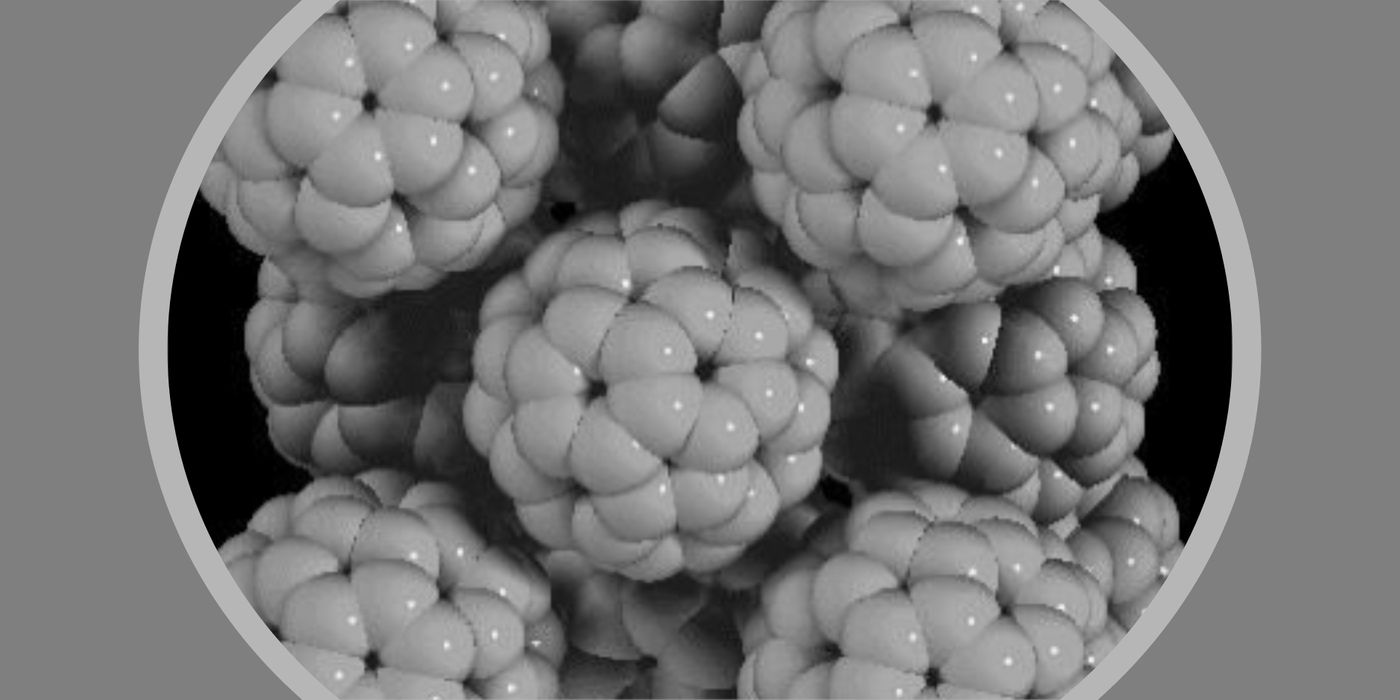Molecules of the Year 2019
The Chemical & Engineering News, an outlet by American Chemical Society (ACS), polled its audience for the most interesting molecules that were reported in 2019.
Three carbon-based organic compounds are among the top three on the list: fullerene methane cage (19% of the total vote), Cyclo[18]carbon (20%), and an antiaromatic nanocage (29%).
Methane Trapped inside C60 Cage
In a study published in March, a team of chemists led by Richard J. Whitby, a Chemistry Professor at the University of Southampton created a fullerene cage with an interior cavity. The 17-membered inner ring can trap methane at high pressure. The molecule can then be closed off through the oxidization of a sulfur within its inner ring, releasing sulfur monoxide as a byproduct.
The researchers are excited about the prospective applications of their fullerene cage and intend to further explore its encapsulation of other small molecules such as oxygen gas, nitric oxide, ammonia, nitrogen gas, carbon dioxide, methanol, and formaldehyde.
The Advent of Cyclo[18]carbon
Carbon molecules are known for their diversely-structured allotropes. Scientists from IBM Research and Oxford University published their study this September, in which they synthesized, stabilized, and imaged a ring of eighteen carbon atoms for the first time.
The molecular carbon allotrope, known as cyclo[18]carbon, fascinate chemists because of its alternating single and triple bonds in its 18-membered carbon circle. However, until now no one has been able to achieve a successful synthesis and the characterization of the molecule due to its high reactivity.
Making and Imaging Cyclocarbon (IBM Research)
Antiaromatic Nanocage that Deshields Magnetic Field
In a study published in October, scientists at Tokyo Institute of Technology, the University of Cambridge, and the University of Copenhagen reported the development of a self-assembled cage-like molecule ("cage" seems a popular word in chemistry in 2019...). The compound has an unusual, three planar-wall that's made with antiaromatic nickel(II) norcorrole.
In chemistry, the word "aromatic" denotes an unsaturated ring (or rings) of carbon atoms linked with each other in alternating single and double bonds. Aromatic compounds allow their pi system electrons to be delocalized around the ring. The nickel(II) norcorrole moiety has the exact opposite property of that. As a result, any guest molecules that get stuck inside the cage have their hydrogen-1 nuclear magnetic resonance (1H-NMR) signals shifted downfield.
The nanocage molecule in this study represents a novel nanocavity for scientists to explore. The researchers hope that it can be used in nuclear magnetic resonance-based structural analysis, to help to interpret the configuration of the most complex organic compounds.
Source: C&EN









